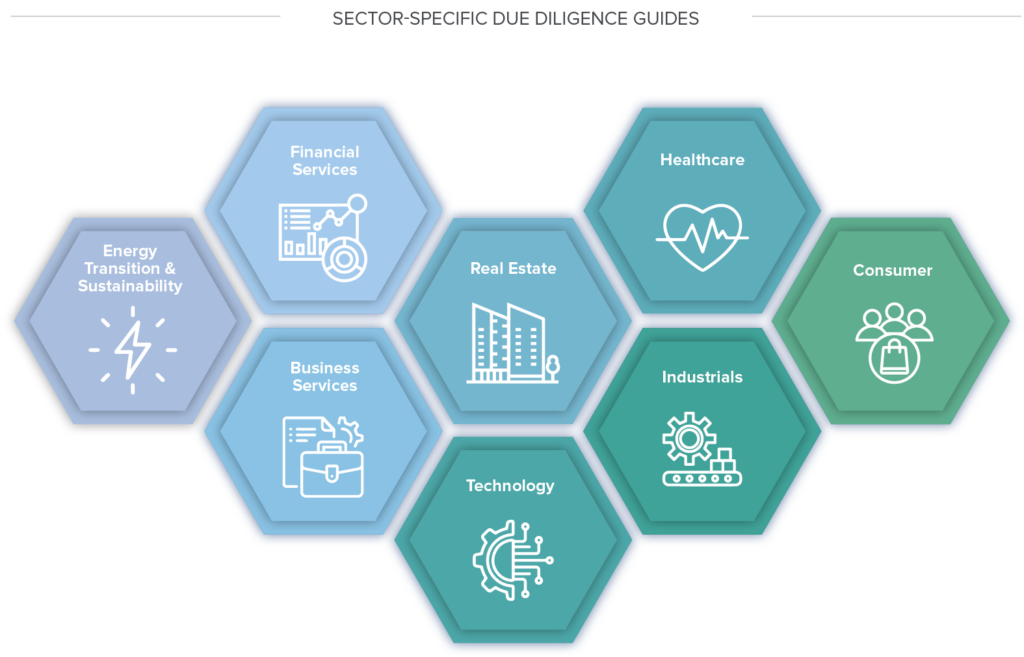
Climate Strategy
Focusing on Climate and TCFD Alignment
We continue to expand our climate strategy, using the TCFD recommendations as a guide to consider and disclose climate change-related risks and opportunities and how they impact our business. As our strategy evolves, we plan to share how we address the TCFD’s four pillars — governance, strategy, risk management, and metrics and targets — in the short-term, medium-term, and long-term lens as relevant to our business or investments.
Below is a snapshot of how we’re addressing governance, risk management, strategy, and metrics and targets. For the full version, please see our Sustainability Report.
Governance
Our Global Public Policy and Political Risk and Sustainability Strategy teams report into the Executive Leadership team, which remains informed on climate-related risk as it relates to the firm’s overall business. Climate is included in the firm’s ESG policy and is a frequent topic during the quarterly ESG Committee meetings and related working groups.
- Continue to be active members of Initiative Climate International (iCI) and the Sustainable Markets Initiative, and contribute to industry research related to climate issues.


- Conduct internal and portfolio ESG trainings which include climate considerations.
Strategy1
Across the firm, investing teams are exploring climate-related opportunities in both sourcing new potential investments benefitting from policy, technology, and market tailwinds as well as engaging current portfolio companies on decarbonization to drive growth, as relevant.
Noting a range of climate-related policy, market, and reputational risks among other factors, the firm established a dedicated Energy Transition & Sustainability Team, which builds upon our experience investing in renewables and energy transition investments for the past two decades of investing in energy, cross-sectional expertise, deep understanding of business models, and longstanding relationships with major traditional energy companies. Areas of focus include opportunities in decarbonization such as grid resilience, renewable energy value chain, decarbonization of industrial processes, and carbon markets.

August 2021
Chinese Aviation Lithium Battery is a global lithium-ion battery supplier for electric vehicle and energy storage.

September 2021
Gradiant is a provider of energy-efficient water treatment solutions for complex industrial and municipal wastewaters, primarily in Asia, Australia, and the Middle East.

DECEMBER 2021
TRC provides tech-enabled engineering, consulting and diversified environmental services to customers in the utility, government, commercial, and industrial end markets.

FEBRUARY 2022
Eco Material is a provider of sustainable cementitious materials, with an initial focus on decarbonizing the cement and concrete industry.

April 2022
ClimeCo is a full-service environmental commodity and advisory firm focused on developing, sourcing, and trading high-quality carbon credits and other environmental commodities.

may 2022
Viridi is a full-service renewable natural gas (RNG) platform with the mission to build, own, and operate RNG with landfill, dairy, and food waste feedstocks.

August 2022
Montana Renewables uses waste feedstocks to produce low-emission alternatives that directly replace fossil fuel products including renewable hydrogen, renewable diesel, and sustainable aviation fuel.

January 2024
Service Compression is a provider of compression services to the oil and gas industry and aims to enable its customers to meet their ESG initiatives by accelerating the adoption of electric compression units, which have improved performance and lower greenhouse gas emissions intensity versus incumbent units.
Risk Management
Due Diligence
We include climate-related risks in all sector ESG due diligence guides. These guides are used by deal teams, working alongside our Sustainability Strategy team, to identify material issues for investments. We are increasingly engaging with outside consultants, on material environmental and climate-related issues, which may at times involve the use of climate scenario analysis.

Ownership Through Exit
We strive to evaluate potential climate-related risks of our investments during our ownership period. This includes identifying potential transition and physical risks – helping us prioritize our engagement with portfolio companies on measurement, risk management, and decarbonization as appropriate. We continue to incorporate tools and processes to help manage climate-related risks in new and existing investments.
Portfolio Emissions
Since 2020, we have partnered with Institutional Shareholder Services (ISS) ESG to conduct an annual estimation of our firm’s financed emissions (Scope 1, Scope 2, and Scope 3 GHG emissions of our portfolio holdings at yearend). Using this data, we are taking a risk-based approach and prioritizing portfolio companies in the most GHG intensive sectors for the collection of bottom-up GHG emissions data.
Scenario Analysis
We are exploring tools to better understand our portfolio’s exposure under various climate scenarios, including potential impacts from physical climate risk.
Metrics and Targets
Firm-level Emissions
An important step in our climate journey is obtaining an accurate, verifiable calculation of our own firm’s GHG emissions. At the firm-level, we have calculated and externally validated the firm’s Scope 1, Scope 2, and select Scope 3 greenhouse gas (GHG) emissions according to Greenhouse Gas Protocol (GHG Protocol) standards since 2019. As we continue to manage our firm-level footprint and undertake GHG emissions reductions efforts, we have used carbon credits that we believe to be high quality as a complementary component of our broader climate strategy. For more on our firm’s GHG emissions and carbon credits, please see our Sustainability Report
Portfolio Emissions
Scope 3, Category 15 (Investments): For portfolio company emissions, we have estimated portfolio emissions since 2020 in collaboration with ISS ESG. Seeking to align with the Partnership for Carbon Accounting Financials (PCAF) methodology, we aspire to improve data quality by engaging with portfolio companies – using a risk-based approach – to collect bottom-up data from portfolio companies. Our portfolio-wide ESG data collection process includes numerous climate and TCFD questions.

We have partnered with TRC, a Warburg Pincus portfolio company, to offer a GHG Emissions Tool which we offer to the portfolio as a part of our ESG toolkit. Through this and other partnerships, we collaborate with management teams on strategies to reduce GHG emissions and set related targets, as relevant for their industries.
Note that third-party logos on this webpage are for illustrative purposes and do not imply an endorsement by such organizations.
1 ESG goals are aspirational and not guarantees or promises that all goals will be met. Investments in climate-related opportunities were not binding elements of the investment decisions made by the new global fund.